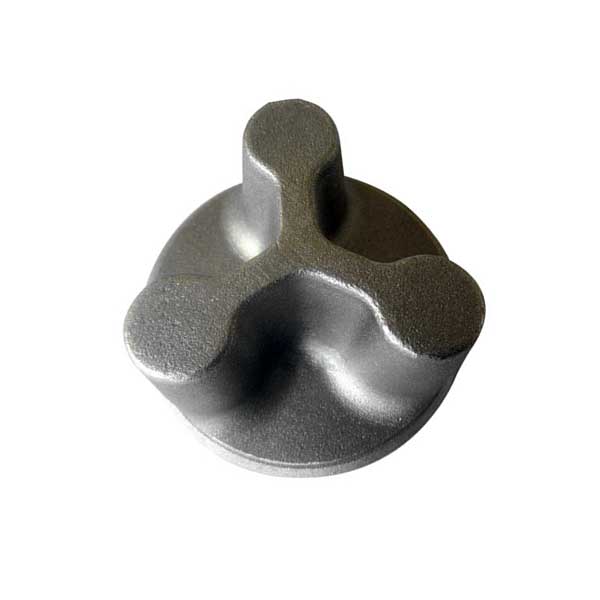Cold forging is a process in which metals are formed by forging at room temperature. Cold forging includes deformation forms such as upsetting, die forging and extrusion, and is a cold bulk forming. The cold forging process was developed from cold extrusion and gradually extended to cold die forging and cold precision forging.
Compared with hot die forging, the main advantage of cold forging is that the blank is not heated, so there are no forging dimensions and inherent quality problems caused by heating, and heating equipment is omitted. Cold forgings have high dimensional accuracy, small roughness values, reduce cutting, save materials and reduce costs, and are easy to realize mechanized and automated production. Therefore, it is widely promoted and applied in industries such as automobiles, motorcycles, bicycles, tractors, home appliances, textile machinery, military industry and aviation industry, and is expanding day by day.
TYPES OF COLD FORGINGS
1. Extrusion: cold extrusion, which can be divided into positive extrusion, reverse extrusion and compound extrusion.
2. Upsetting category: cold upsetting can be divided into upsetting and partial upsetting
.
3. Die forging: It is finally formed by cold forging, which can be divided into small burr die forging and closed burr-free die forging.
4. Precision forging: cold precision bevel gear tooth profile, spline and straight tooth profile.

COLD FORGING PROCESS CHARACTERISTICS
Cold forging products are of good quality, processed at room temperature, with high dimensional accuracy, smooth surface and good mechanical properties. It can also process forgings with complex shapes, reduce cutting, save material consumption and reduce costs.
The deformation resistance is large, and measures to reduce the deformation resistance must be taken: adjusting the chemical composition of raw materials, pre-treatment of the blank, improving the deformation process, improving the hardness and finish of the mold, and controlling the pressurization speed of the equipment.
Cold deformation strengthening and thermal effect, in the process of cold forging, as the degree of deformation increases, the cold deformation strengthening phenomenon in which the strength and hardness of the metal also increase. Cold deformation strengthening can be used to strengthen the strength and hardness of the product and improve the mechanical properties.
Details can be accessed by clicking here:https://www.gold-emperor.com/cold-forging-technology/


